Careers In User Experience Design
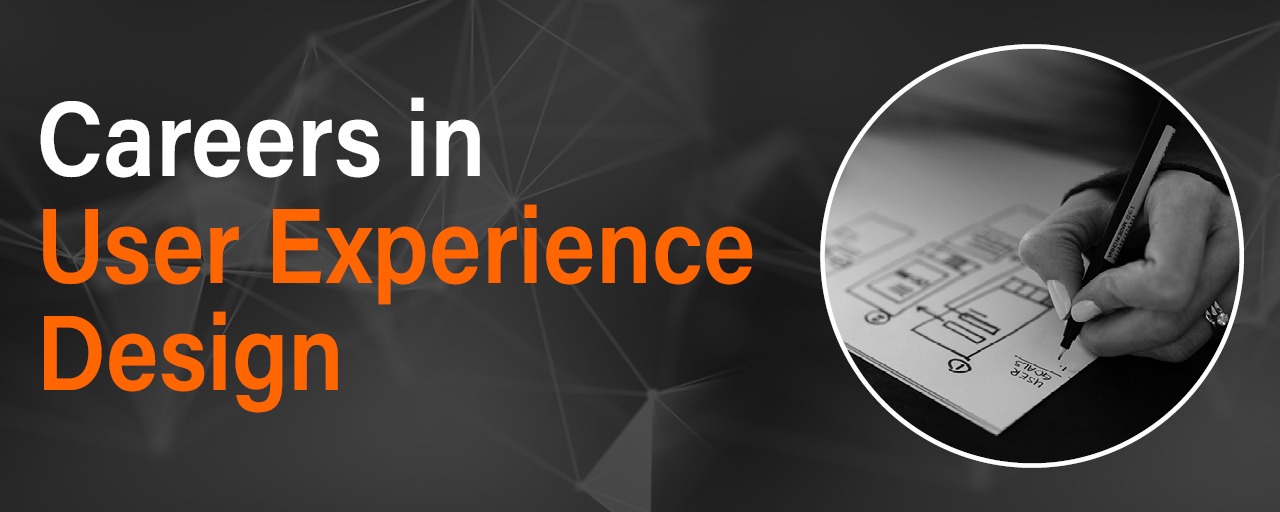
“A design isn't complete until it's put to use,” User Experience Design is a conceptual design field that focuses on the interaction of humans, machines, and their surrounding environments in order to create systems that improve the user's experience. A bachelor's degree in User Experience Design provides students with a grasp of the numerous methodologies, processes, and systems used to satisfy human needs through developing solutions for industry-specific needs, improved health, and social life.
MIT School of Design is looking forward to mentor students in the areas of Visual Interface Design, UX Design Methods, User Study, Usability Engineering, and Tangible Design. A UX Designer with a bachelor's degree can work in industries such as artificial intelligence, augmented reality, virtual reality, the Internet of Things, gaming, software, mobile, and automobiles, among others.
An Overview Of User Experience Design
Human factors and the study of people's efficiency in their working environment are the foundations of user experience design as a discipline in the course curriculum. To pursue a creative career, particularly in the field of user experience design, one must be a conceptual thinker and an analyst. An overview of a career in UX design is all about the fundamental elements of the subject, which are detailed below:
1. Research :
The most critical part of the discipline is research. In order to deliver the end-users requirements, a designer needs to step back and emphasize.
2. Visual design :
The term visual design indicates the aesthetics of look and feel for the end-user. Under the name of visual designing come the fragments of User Experience Design.
3. Information Architecture :
It is the process of systematically structuring and organizing the flow of design to make it understandable.
4. Interaction design :
The term interaction design centers around the interaction between a user and the product. The goal of interaction design is to create a product that produces an efficient and delightful end-user experience by enabling users to achieve their objectives in the best way possible
5. Usability :
The main element of UX design is usability as it depends on the extent to which a user can interact or use a product.
6. Accessibility :
As the terms indicate, it depends on the ease with which a product can be used by a user. In terms of user experience design, it can also be related to the overall comprehensibility of the information and features. It helps shorten the learning curve associated with the system.
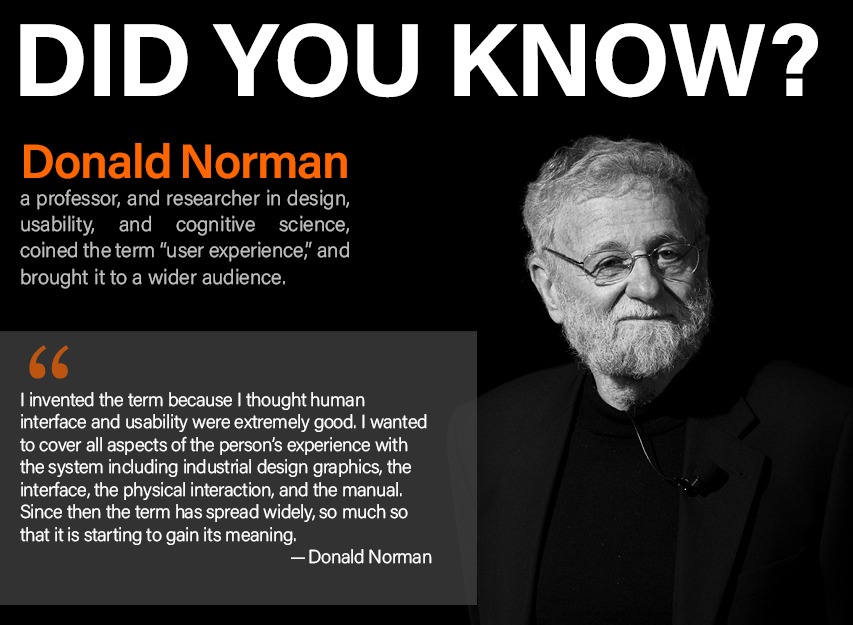
User Experience Design Career Path
Following the completion of the class 12th examination, a career in the field of user experience design might be pursued. A bachelor of design (b.des) with a specialization in user experience design is a good place to start if you want to work in this sector. Admission to UI/ UX courses is open to students from any stream (Science, Commerce, or Arts). Candidates for a PG level UI/UX Design course, on the other hand, must have completed their graduation from a recognized college or institute.
We are excited to offer a four-year B.Des degree at the MIT School of Design. Visual Interface Design is the core course curriculum for the user experience design course at MITSD.
Who Can Become A User Experience Designer In India?
As the field of designing demands, a person with an eye for detail and creativity an aspirant needs to have an interest in this field to opt for it as a career option. Here are five skills essential to become a user experience designer.
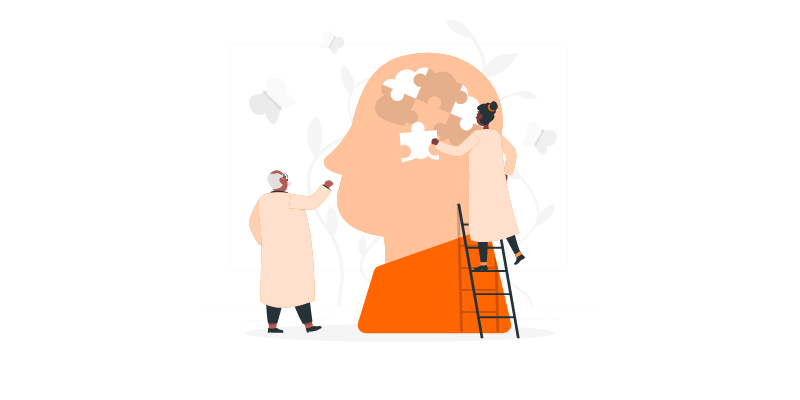
Empathy
As the User Experience industry follows the unspoken rule of designing for the user’s sake, the designs need to be sensible and shaped as per the requirement of the end-user. The CenterPoint of creating a user-centric UX design is to have a sense of empathy in the designer. While a decent designer can understand the consumer, an extraordinary designer can empathize with the lives, challenges, troubles, and expectations of a user. A sense of empathy enables designers the opportunity to zero in on untapped pain points.
Storytelling
A design is all about creating a story around which will ultimately be able to market and evaluate the design. Therefore, the art of storytelling with a design is important for the longevity and impact of the design. At MITSD we believe in having an imaginative and communicative skill of User Experience Design.
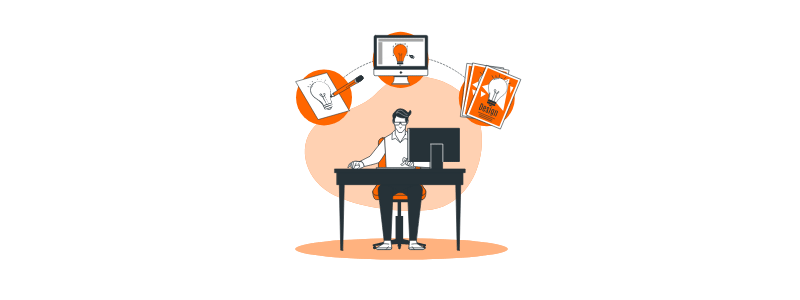
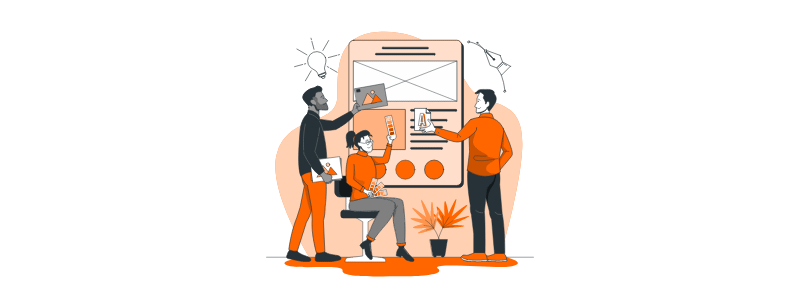
Teamwork
It is a myth that designers are like solitary philosophers who can come up with brilliant ideas only if working alone. The most essential skill in the designer is being able to collaborate and work in a team. The process of creating brilliance is iterative and collaborative. Therefore, a UX designer must collaborate with business folks, technology folks, researchers, partners, and more to successfully deliver a project.
Knowledge of Design Frameworks
Like any other process designing also requires a framework to work effectively. With a proper framework in UX design, a designer easily understands the user and works as per the required design strategy. Some important design frameworks that are used in the industry include Personas, customer journeys, empathy maps, card sorting, and task flow design.
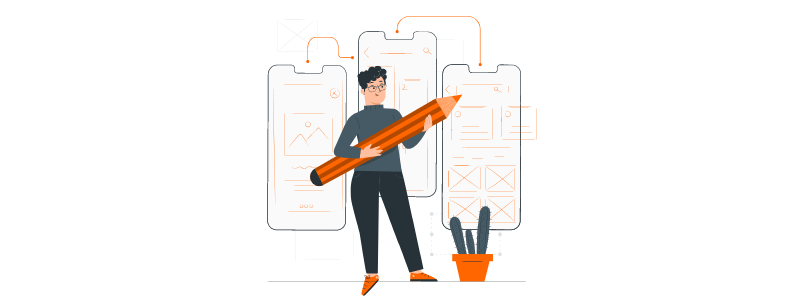
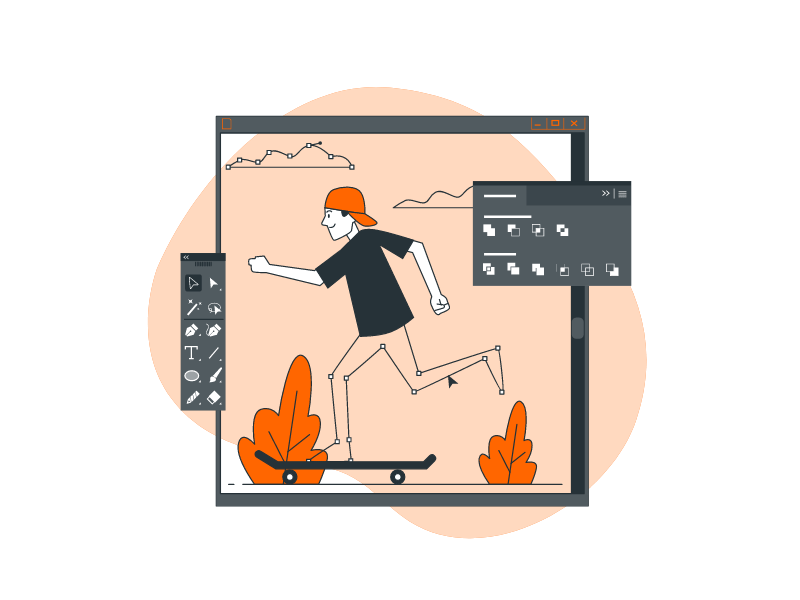
Knowledge of Design Tools
Although pen and paper will always be the most powerful tools for a designer to brainstorm, iterate, and be nimble, the ability to move your ideas from paper to digital is as important. Today, there is a plethora of wireframing, visual design, and prototype tools available. All designers must be proficient in at least a few of these in order to produce excellent UX design. To properly deliver UX design, all designers need to be proficient in at least some of these. Sketch, Adobe XD, Figma, and Azur are some of the most popular design tools. Designing, on the other hand, is a continuing process that necessitates continuous learning and upskilling. Keep in mind that the entire world is your teacher, and you must remain a student.
Future of User Experience Design In India
The solution lies in the fact that user experience design is primarily concerned with a product's aesthetic appearance. According to current market trends, it is all about the design that effectively sells a product. As a result, India's design business is expanding at a quick rate of 23 percent to 25 percent every year. According to the Confederation of Indian Industry (CII), the number of design firms is growing every year, and the industry's overall value is estimated to be at 18,832 crores, with an annual increase.
I'm specifically referring to UX design, which must be understood separately from the graphic design sector. A User Experience designer is primarily responsible for the creation of software programs and interface of a mobile application that we often use in our daily life. The digital economy of India is estimated to be 1.3 billion which shows how important the UX/UI field is going to be. Most startups and big firms are in need of a UX designer today and as per some research and theories, the demand for a User Experience designer is fast pacing and immense.
Careers In User Experience Design - FAQs
Q.1 What are some of the job opportunities as a User experience designer?
Ans. The field of user experience is broad and complex therefore the opportunities are immense some of the job roles as a user experience designer are in the field of Artificial intelligence, Augmented reality, virtual reality, Internet of Things, Gaming, software, Mobile, Automobile etc.
Q.2 Is coding required in the User Experience designing Course?
Ans. UX design does not require coding abilities, although it's not required, there are still many instances when learning to code may benefit your UX career overall.